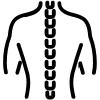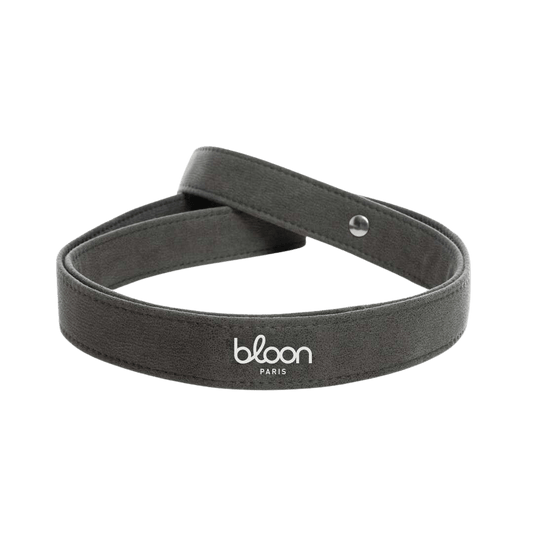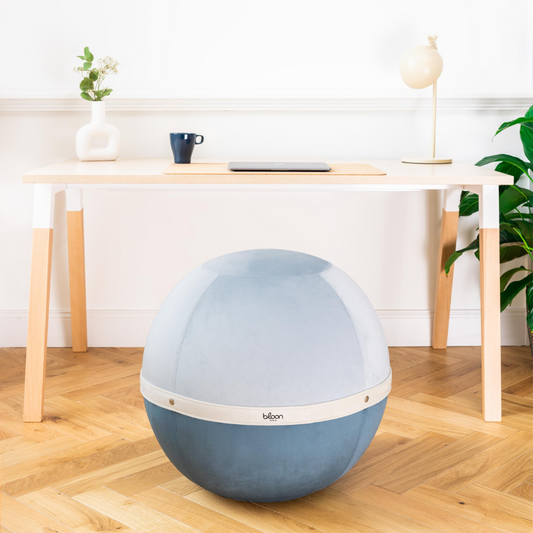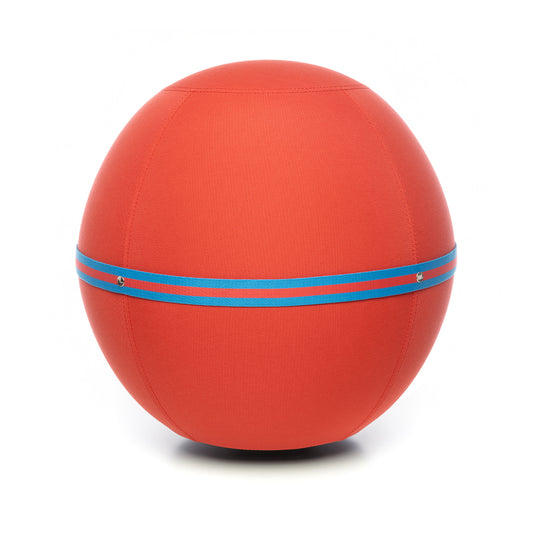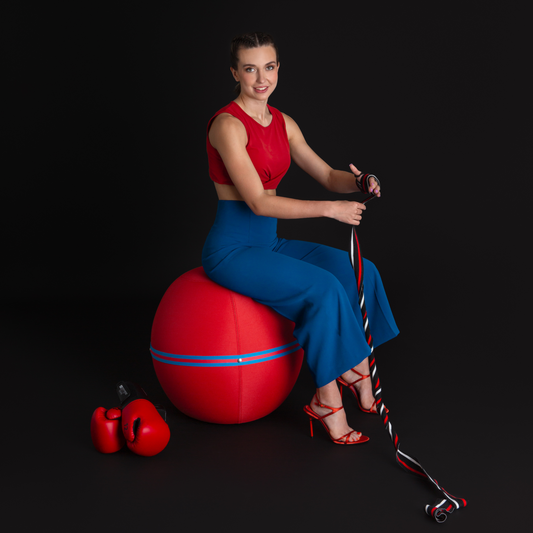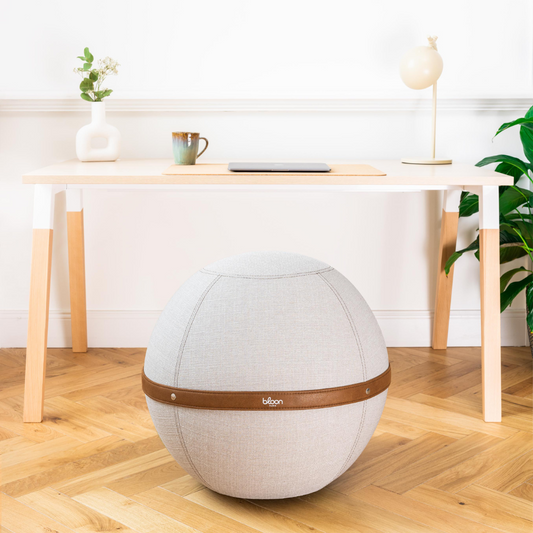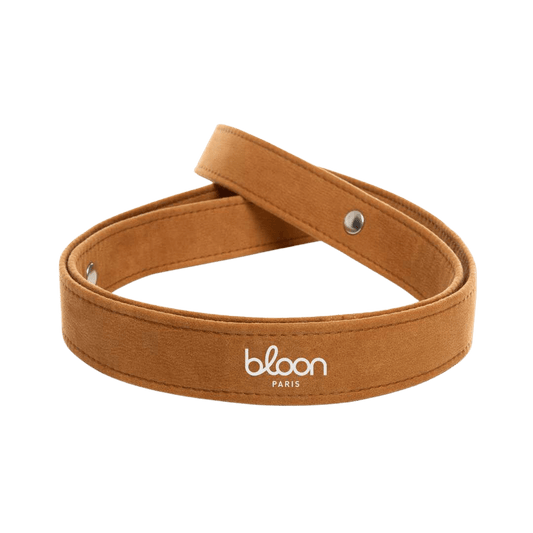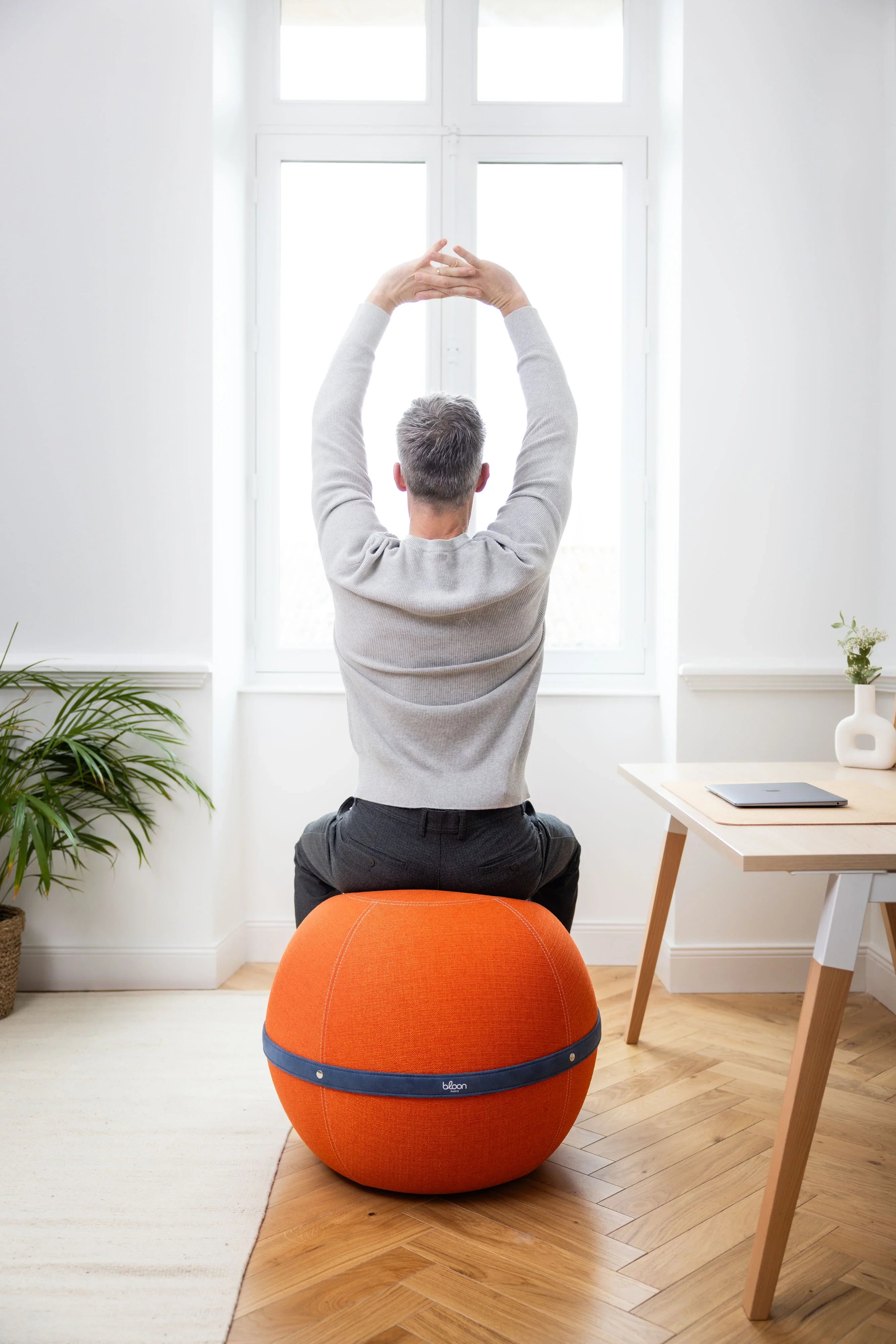To combat a sedentary lifestyle at work, it's important to find ergonomic solutions to protect your long-term health. Long hours spent sitting can lead to back problems and decreased productivity due to prolonged poor posture.
Dynamic seating is the revolutionary solution to improve your work environment, allow you to be active in the office, reduce your back pain and boost your productivity.
What is dynamic seating?
Dynamic sitting defines a sitting method that encourages movement and muscle engagement. This type of sitting aims to improve posture, strengthen stabilizing muscles, and reduce tension and pain due to static sitting.
The benefits of dynamic sitting
Improved posture
Dynamic sitting promotes constant micro-movements that engage the core's stabilizing muscles. These muscles help maintain spinal alignment and improve posture. Dynamic sitting helps reduce the tendency to adopt poor posture.
Reduced back pain
With 4 out of 5 people experiencing back pain at least once in their lives, back pain is a public health issue. Prolonged, static sitting is the leading cause of lower back pain. Dynamic sitting helps reduce pressure on the spine and lower back by encouraging movement and strengthening the back, pelvic, and abdominal muscles, significantly reducing back pain.

Increased productivity
In addition to improving posture and reducing back pain, dynamic sitting stimulates blood circulation, which improves oxygenation to the brain and muscles. All of these factors contribute to increased productivity, allowing you to concentrate for longer.
Prevention of musculoskeletal disorders
Musculoskeletal disorders are also often caused by prolonged static posture or repetitive movements. By promoting movement, dynamic sitting helps prevent these disorders by engaging muscles and preventing poor posture. Staying active helps reduce the risk of musculoskeletal disorders.
Stress reduction and improved well-being
The constant micro-movements generated by dynamic sitting stimulate the release of endorphins. This hormone helps improve mood and reduce stress. Additionally, correct posture and reduced physical pain help you feel more relaxed, which can positively impact your mental health.
How to choose your dynamic seat?
Ergonomics
Ergonomics is a key factor in choosing dynamic seating. You need to make sure your dynamic seating is specifically designed to support your spine and promote correct, dynamic posture. A good dynamic seating system should allow you to make consistent micro-movements and maintain the natural curvature of your back.
Adjustability
To ensure your dynamic seating can be tailored to your specific needs, choose a seat that allows you to adjust the height according to your height and the size of your desk to ensure optimal comfort.
Comfort
For extended use of your dynamic seat, choose a seat made with high-quality materials and sufficient padding.
To assess the comfort of your dynamic seating, you need to think in terms of long-term support.
Mobility
Mobility in dynamic seating is also essential. Good dynamic seating shouldn't restrict your movement. Choose dynamic seating with an unstable base or a rocking mechanism that allows you to move naturally and promotes blood circulation.
Sustainability
The durability of your dynamic seating ensures the long-term profitability of your investment. Choose a sturdy, high-quality seat. Check the manufacturer's warranties and customer reviews to make the best choice.
Types of dynamic seating
Balloon Seats
Ball seats, such as the Bloon ball seat, are a great choice because they encourage dynamic posture, help strengthen core muscles, and maintain a healthy posture for your back.
Additionally, ball seats allow you to stay active at the office by incorporating muscle strengthening exercises and stretches that can be done using your ball seat.
To improve your well-being at work and discover the benefits of the Bloon ball seat, don't hesitate to consult our article: Swissball in the office: the benefits for your posture and productivity

If you would like to integrate Bloon dynamic seating into your workspace, click here to purchase your Bloon ball .
Ergonomic Stools
Ergonomic stools are specifically designed to encourage dynamic posture by not providing a backrest, requiring you to use your core muscles to maintain your position.
Kneeling chairs
Kneeling chairs are a popular dynamic seating option. When you sit on a kneeling chair, your body weight is distributed between your knees and buttocks, reducing pressure on your lower back and encouraging a natural curve in your lower back.
Swinging Chairs
Wobble chairs allow you to be constantly active, with their base that encourages forward and backward rocking movements. These movements help strengthen your core muscles and encourage dynamic posture.
Commode Chairs
Perching chairs are active seating designed to be used in a semi-standing position. They allow you to stay active by alternating between sitting and standing, reducing pressure on the spine and improving blood circulation.
Chairs with Unstable Base
Chairs with unstable bases are dynamic seats that encourage constant micro-movements to maintain balance. This type of dynamic seating allows for a dynamic posture and helps reduce tension and pain.
Dynamic seating is an essential accessory for an ergonomic workstation, as it helps maintain your long-term health by improving your posture, reducing back pain, increasing your productivity, and reducing stress. To choose the right dynamic seating, you must ensure that the seat is ergonomic, adjustable, comfortable, durable, and mobile.
